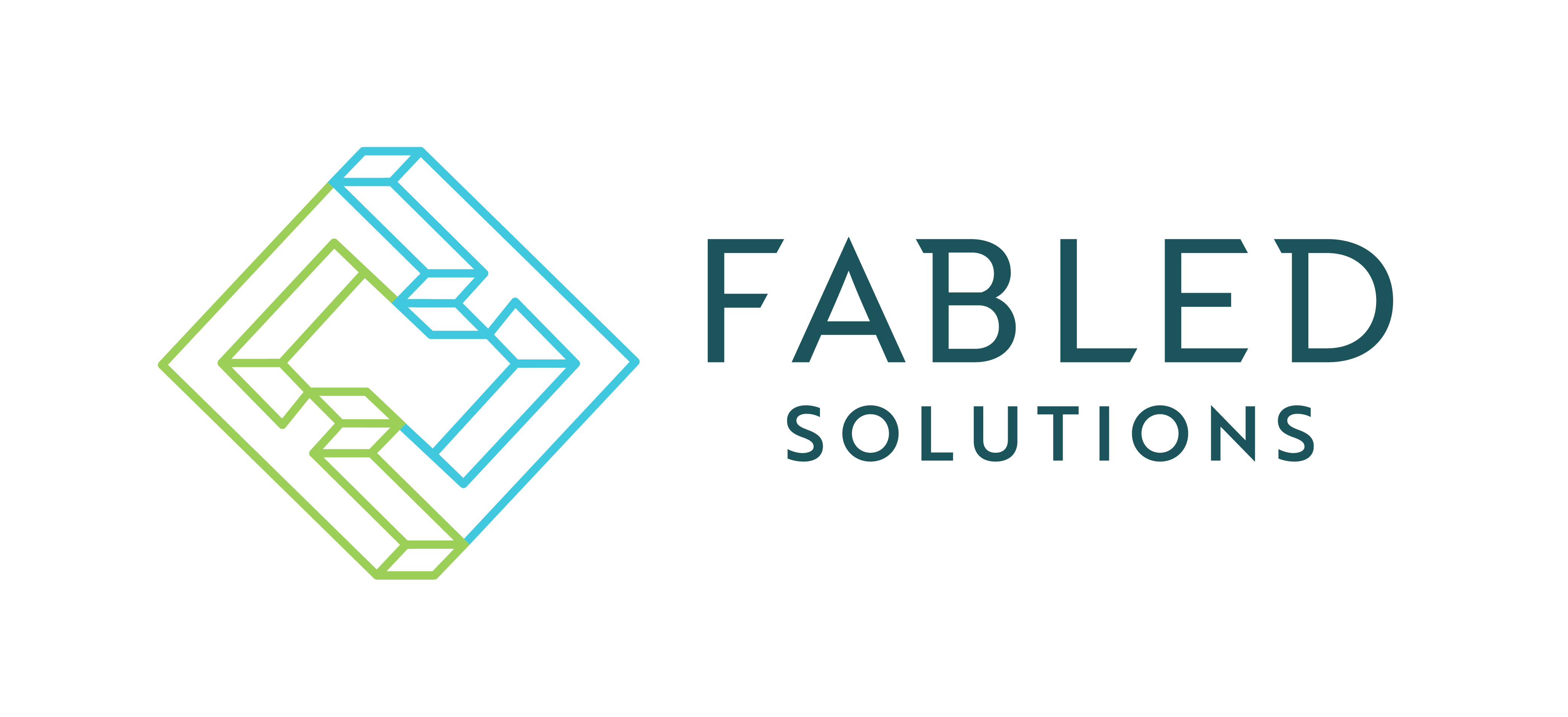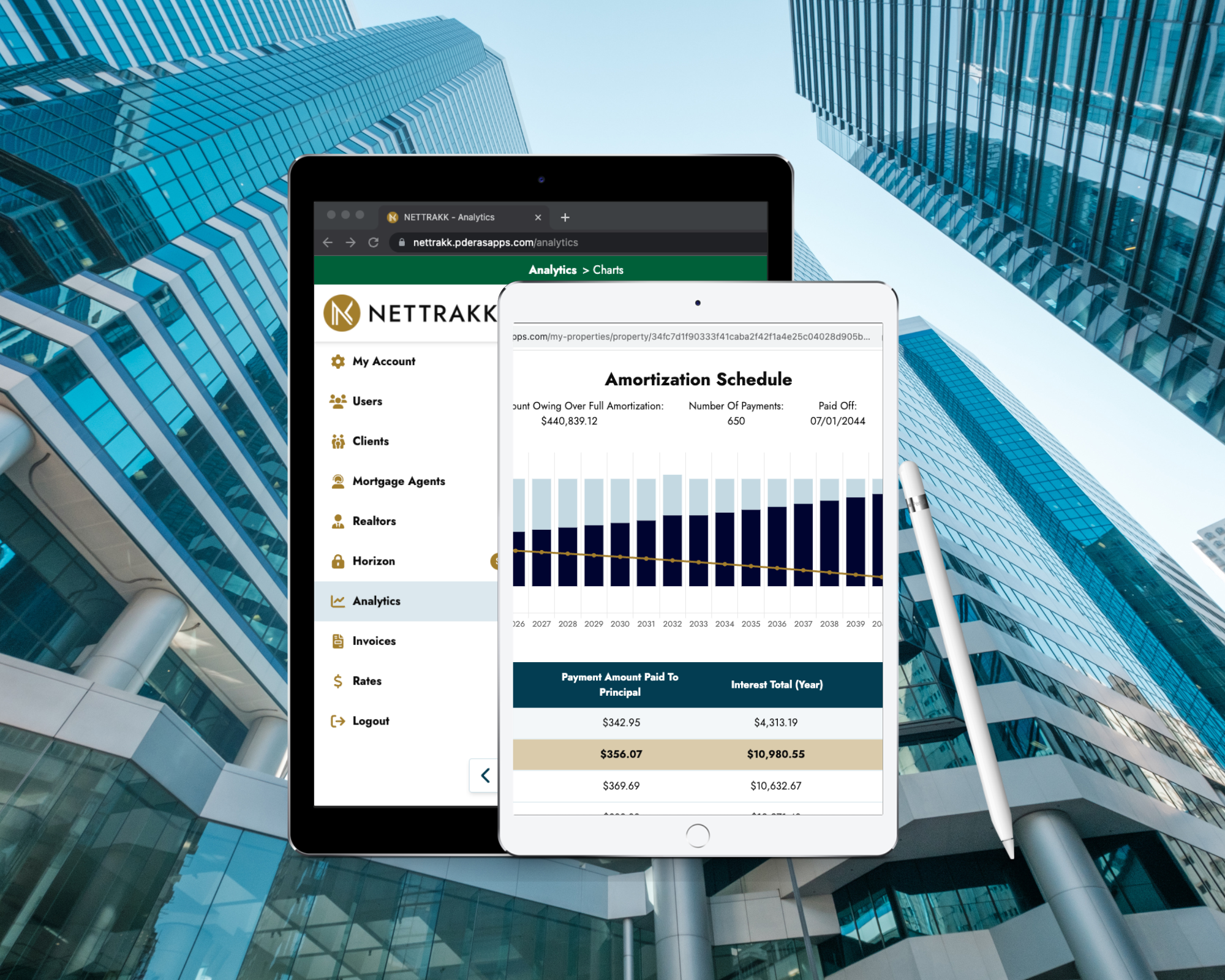So, What Are Business Intelligence (BI) Tools?!
Have you ever sought the expertise of a professional to streamline and improve the execution of a complex task? Imagine Business Intelligence (BI) Tools as dedicated experts catering to those exact needs for businesses and companies.
These tools meticulously collect and process data from diverse sources such as books, journals, documents, and records to address queries and generate analytical results.Subsequently, this information is utilised to craft detailed reports, interactive dashboards, and visually appealing data visualisations.
Why Use Business Intelligence (BI) tools?
The adoption of BI tools can significantly boost organisational efficiency. By providing company leaders with a comprehensive view of operations and benchmarking results against competitors, these tools empower better decision-making. This heightened oversight enables companies to identify and capitalise on opportunities that can potentially enhance business revenue.
Furthermore, research suggests that with improved oversight and data collection, companies can deliver better customer service and satisfaction. The extensive data collected from customer interactions helps identify areas for improvement, ultimately enhancing the overall customer experience.
One great example of BI tools being used to enhance customer experience and increase retention is the Nettrakk app developed by our team at Fabled Solutions. Read the case study on our website to learn more about the app.
Now that we’ve piqued your interest, let’s delve into some of the best practices for development.
Best Practices for Business Intelligence (BI)Tools Development
-
1.The Business Intelligence Mindset:Before anything else, it’s crucial that all team members, from employees to employers, fully understand and embrace the concept of Business Intelligence. Without everyone on board and willing to adopt BI tools and practices, the transformation can prove unsuccessful and even disastrous for existing operational systems. Fostering a Business Intelligence mindset across the organisation is essential for a smooth and risk-free transition.
-
2.The Business Intelligence Team:The success of an idea’s planning, designing, and implementation hinges on the team handling it. Building the right team is paramount, with members not only being competent but also sharing enthusiasm for achieving targets and fostering compatibility within the team. Including at least one member from each department in the company ensures strong, quick, and healthy communication. Recruiting diverse talents for the BI team is critical for successful planning, designing, and execution, leading to increased chances of success and a more productive and efficient business.
-
3.The Right Web Development Partner:Choosing a skilled web development partner is key to enhancing the development of Business Intelligence (BI) Tools. In the context of Best Practices for BI Tools Development, a proficient development company ensures the creation of user-friendly, rigorously tested, and well-designed BI tools. Their expertise aligns with the precision required for optimal BI tools development, guaranteeing usability, reliability, and overall success in the realm of Business Intelligence.
In Summary
BI Tools and practices are globally embraced for the efficiency and professionalism they bring to business operations. They offer a better understanding of the business, automate processes, reduce errors, and enhance revenue through improved decision-making. However, for optimal results, BI Tools must be developed by experts and professionals well-versed in these systems. Hiring the right professional to create a competent and compatible team is crucial for the success of the entire process.
If your company has decided to integrate Business Intelligence Tools and Practices, ensure that all employees and decision-makers are on board with this systematic change. Build a competent, compatible team with the necessary communication skills, and make sure the collected data is accurately analyzed and presented on a user-friendly dashboard. This holistic approach ensures that both the company and its customers benefit from the process and expenditure.
You could always reach out to our team of experienced consultants and developers to build you the most ideal solution as well.



